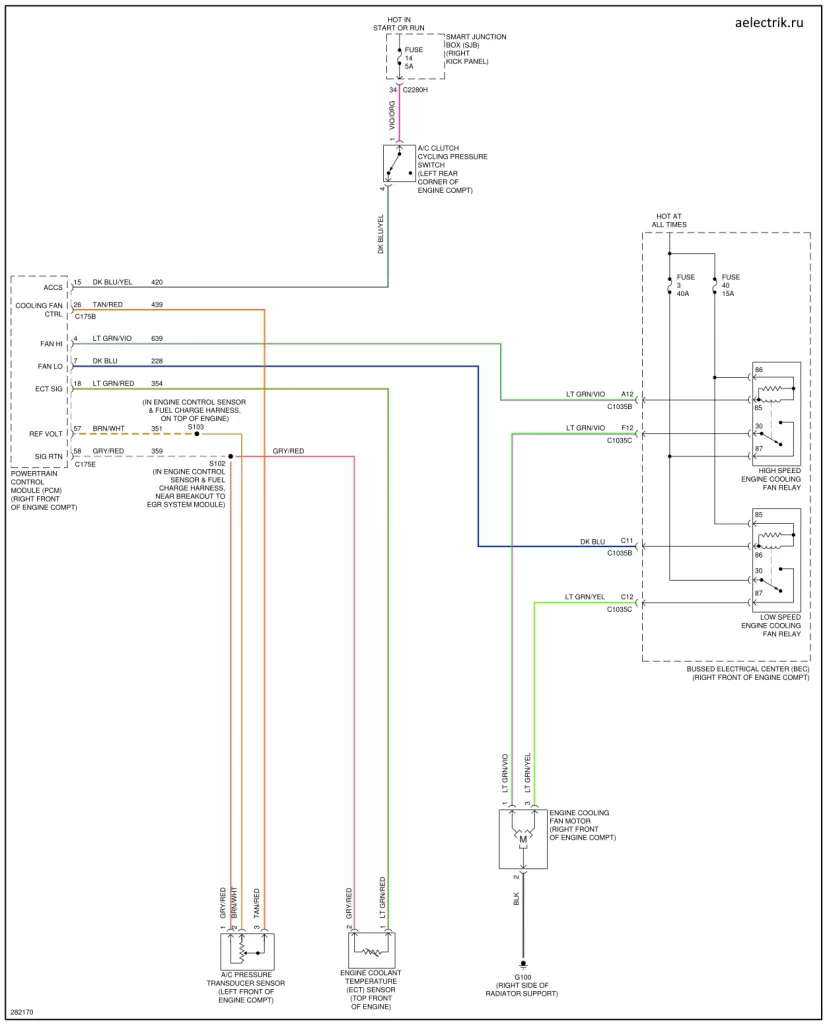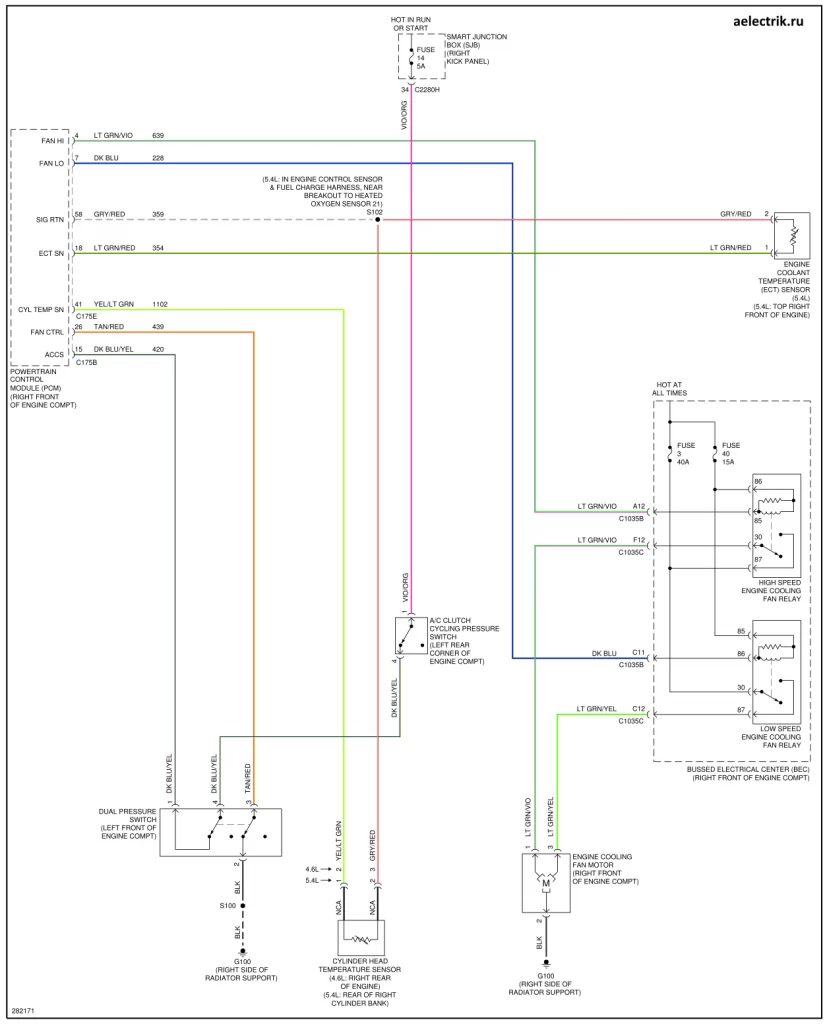for auto 2009 with 4.0L engine

for auto 2009 with 4.6L engine

for auto 2009 with 5.4L engine

The engine cooling system functions to maintain engine temperatures during operation. Correct coolant flow through the engine, radiator and remainder of cooling system passages and components is essential to maintaining a correct engine temperature.
Engine coolant flows primarily from the engine to the radiator circuit and back to the coolant pump. From the coolant pump, coolant is sent through the engine block and cylinder heads. A separate circuit from the engine also feeds the heater core with coolant. On most engines, the coolant pump is operated by engine rotation through a pulley which is driven by the accessory drive belt to circulate the coolant. Some engines use a belt driven by a pulley attached to the camshaft, and some engines use a sprocket driven by the timing chain to operate the coolant pump. The coolant thermostat is a control valve actuated by coolant temperature. When the thermostat is closed, coolant flow bypasses the radiator circuit and returns to the coolant pump. When the thermostat is opened, coolant is allowed to flow through the radiator circuit in order to transfer engine generated heat to the outside air.
Engine overheating generally occurs when there is a disruption in the ability to control either coolant flow at the correct rate, the inability to transfer heat from the engine through the coolant (including low coolant) or an inability to transfer engine generated heat to the outside air through the radiator.
